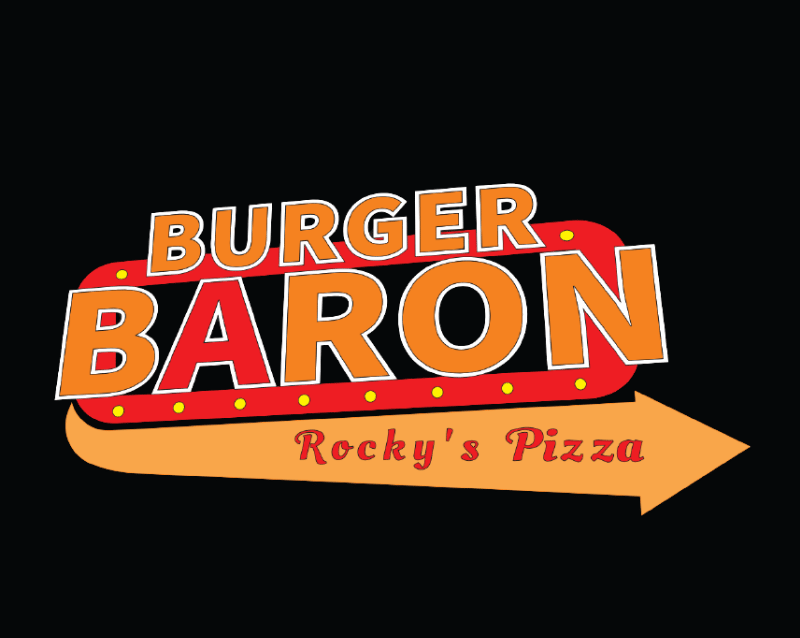Have you ever wondered about the origins of the submarine sandwich?
Well, get ready to dive into its fascinating history. You’ll discover that this iconic sandwich originated in Italian-American communities and has gained popularity across the country.
Sociologists have identified thirteen different terms for it in the United States alone, showcasing its widespread appeal.
From its humble beginnings to the rise of chain restaurants, the submarine sandwich has become a global phenomenon.
So, join us as we uncover its rich and diverse history.
Origins of the Submarine Sandwich
One theory suggests that an Italian immigrant named Dominic Conti brought the submarine sandwich to the U.S. and named it after seeing a submarine called ‘Fenian Ram’ in a New Jersey museum. According to this theory, Conti was inspired by the shape of the submarine and decided to create a sandwich that resembled it.
He used a long roll and filled it with various meats, cheeses, and lettuce, creating the first submarine sandwich. The popularity of this sandwich quickly spread, and small restaurants specializing in subs, called hoagie shops and sub shops, began to open.
Today, subs can be found in many European, Asian, and Australasian countries. Major international chains like Firehouse Subs, Quiznos, Mr. Sub, Jimmy Johns, and Subway have made the sandwich widely available worldwide.
Evolution of Terminology
Sometimes called a sub, the terminology for the submarine sandwich has evolved over time. The name ‘submarine’ or ‘sub’ is widely used in the United States and Canada, likely originating from the shape of the roll resembling a submarine.
In the Philadelphia area, the term ‘hoagie’ was introduced by Italian workers during World War I at the Hog Island shipyard.
The term ‘hero’ is used in New York City to describe sandwiches on an oblong roll with an Italian flavor. Another variation is the party sub, a long sandwich served in pieces at parties.
Regional variations include terms like ‘wedge’ in New York and ‘spuckie’ in Boston.
With the sandwich’s popularity, the terminology continues to evolve and adapt to different regions and cultural influences.
The Rise of Chain Restaurants
During the mid-20th century, chain restaurants began to play a significant role in the widespread availability of the submarine sandwich. These restaurants recognized the popularity of the sandwich and saw an opportunity to capitalize on it.
They started offering their own versions of the submarine sandwich, making it easily accessible to people across the country. Chains like Subway, Quiznos, and Jimmy Johns emerged and quickly gained popularity. These restaurants standardized the ingredients and preparation methods, ensuring consistency and efficiency in their sandwich production.
They also introduced new flavors and toppings, expanding the options available to customers. With their widespread presence and efficient operations, chain restaurants played a crucial role in popularizing and making the submarine sandwich a staple in the fast-food industry.
Party Subs and Catering Events
If you’re planning a catering event or hosting a party, consider serving a delicious party sub filled with a variety of meats, cheeses, vegetables, and condiments.
The party sub is a long submarine sandwich that’s perfect for feeding a large number of guests. It’s a popular choice for social gatherings because it offers a convenient and satisfying option for everyone.
The sandwich can be customized to suit different tastes and dietary preferences, making it a versatile choice for any event. Whether you prefer classic combinations like turkey and Swiss or more adventurous flavors like roast beef and horseradish, the party sub is sure to be a hit with your guests.
Regional Variations and Unique Names
When planning your next party or gathering, explore the regional variations and unique names of submarine sandwiches to add a flavorful twist to your menu.
In different parts of the United States, you’ll find interesting variations and names for this beloved sandwich. For example, in New York and Connecticut, it’s called a ‘wedge’ or a ‘grinder,’ while in Boston, it’s known as a ‘spuckie.’ These names reflect the local dialect and culture, giving each region its own special touch.
Ingredients and Preparation Techniques
To create a delicious submarine sandwich, you’ll need to gather your ingredients and follow a few key preparation techniques.
Start with a long, soft bread roll or bun as the base.
Then, layer on your choice of meats such as salami, mortadella, capocollo, or ham.
Add in some provolone cheese for a creamy and savory element.
Enhance the flavors with slices of fresh tomato, onion, and green bell pepper.
For some added tanginess, include Greek olives and pickles.
Lastly, drizzle some olive oil or salad oil over the ingredients and sprinkle with a pinch of salt and cracked black pepper.
To make it easier to handle, don’t forget to cut the submarine sandwich in half.
With these ingredients and techniques, you’ll be able to enjoy a mouthwatering submarine sandwich.
Conclusion
In conclusion, the submarine sandwich has come a long way from its Italian-American roots in the Northeastern United States. It has evolved in terminology and gained popularity across the country and even internationally.
From local pizzerias to chain restaurants, the submarine sandwich has become a global phenomenon. With its regional variations and unique names, this beloved culinary creation continues to satisfy appetites everywhere.
So next time you enjoy a submarine sandwich, remember the rich and diverse history behind this iconic dish.






